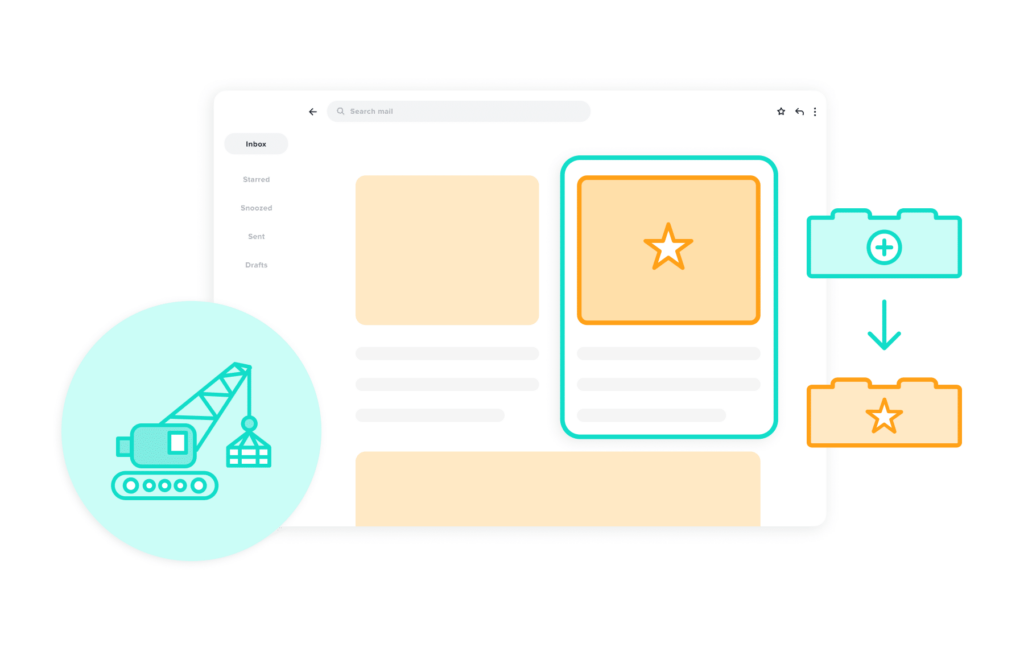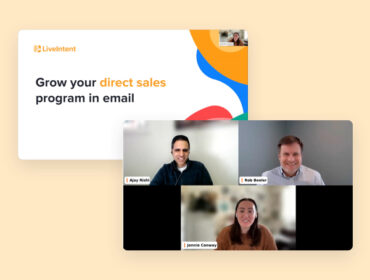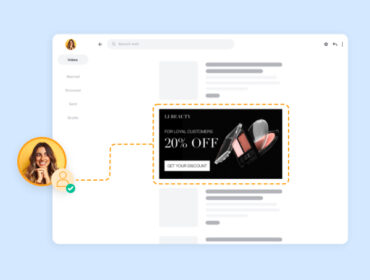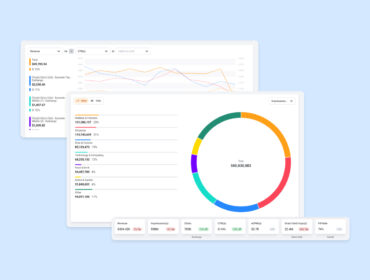How to keep your content strategy flexible and agile
Understanding consumer behavior can be challenging, especially when external factors affect how consumers engage or interact with your business. The last few years are an excellent example of how global events can alter relationships between publishers, brands, and their customers — sometimes permanently.
Remaining agile and evolving content strategies, even if they’ve been successful in the past, is the best way to drive success in today’s turbulent world. Email alerts and newsletters present valuable opportunities for publishers and brands to connect directly with their customers, improve those relationships, and drive loyalty by delivering the right content. Let’s take a closer look.

1. Draw insights from data
Your audience list and email engagement reports can be a barometer for measuring what your audiences care about. And, if you ask the right questions, you can reveal valuable insights. For instance, can you identify any patterns amongst those audiences that are very engaged with your content? What about those that aren’t? What characteristics do those engaged audiences share? By segmenting your list in different ways, you might uncover critical insights that can help improve engagement and drive loyalty.
Furthermore, if you notice that email engagement is generally low, consider changing the cadence of your messages. Sometimes reducing the frequency can help increase engagement.
2. Short-term changes can drive long-term results
Say you applied the advice mentioned above and saw some improvements but not enough to move the needle on your business. In that case, consider a different content approach. Think about what problems you can solve for your customers or how you can enhance their lives. Below are a few examples.
Brands and Retailers: Supply chain issues have been a common obstacle in the last few years. For many brands and retailers, this has been a tremendous impediment to driving business. While email cannot directly solve these issues, it can help mitigate customer frustration. For instance, brands and retailers can use email to deliver messages about inventory and promote alternative brands or products to popular out-of-stock items.
Publishers: While publishers might not struggle with supply chain issues, delivering the type of information or content that audiences need during difficult times can be challenging. For instance, during a pandemic or economic recession, a person subscribed to a travel & leisure publication might not appreciate getting emails about where to fly on their next vacation. However, they might appreciate an email on how they can provide health aid to one of their favorite cities or how to ensure they keep their travel points if they’re out of a job, for instance.

Trying different types of content, even if it doesn’t immediately drive returns, can have a lasting impact on your business.
3 . Build on your most successful content
By the same token, when you happen upon a content strategy that works, build on that success. Got a guide or piece of content that keeps growing and growing? Parlay it into a newsletter series. Capitalize on that interest, and watch engagement soar.

Any immediate change in user behavior, whether incited by a pandemic, a recession, or another factor, is likely to impact engagement. But paying attention to how and what readers engage with during these times can be illuminating — it’s like having a large-scale focus group of your best possible customers.


